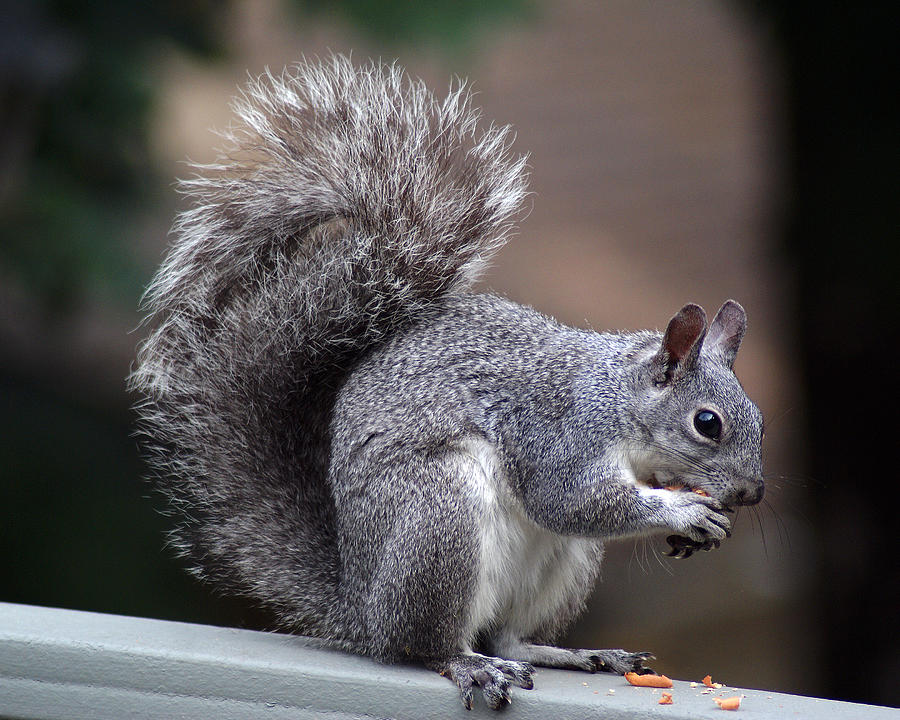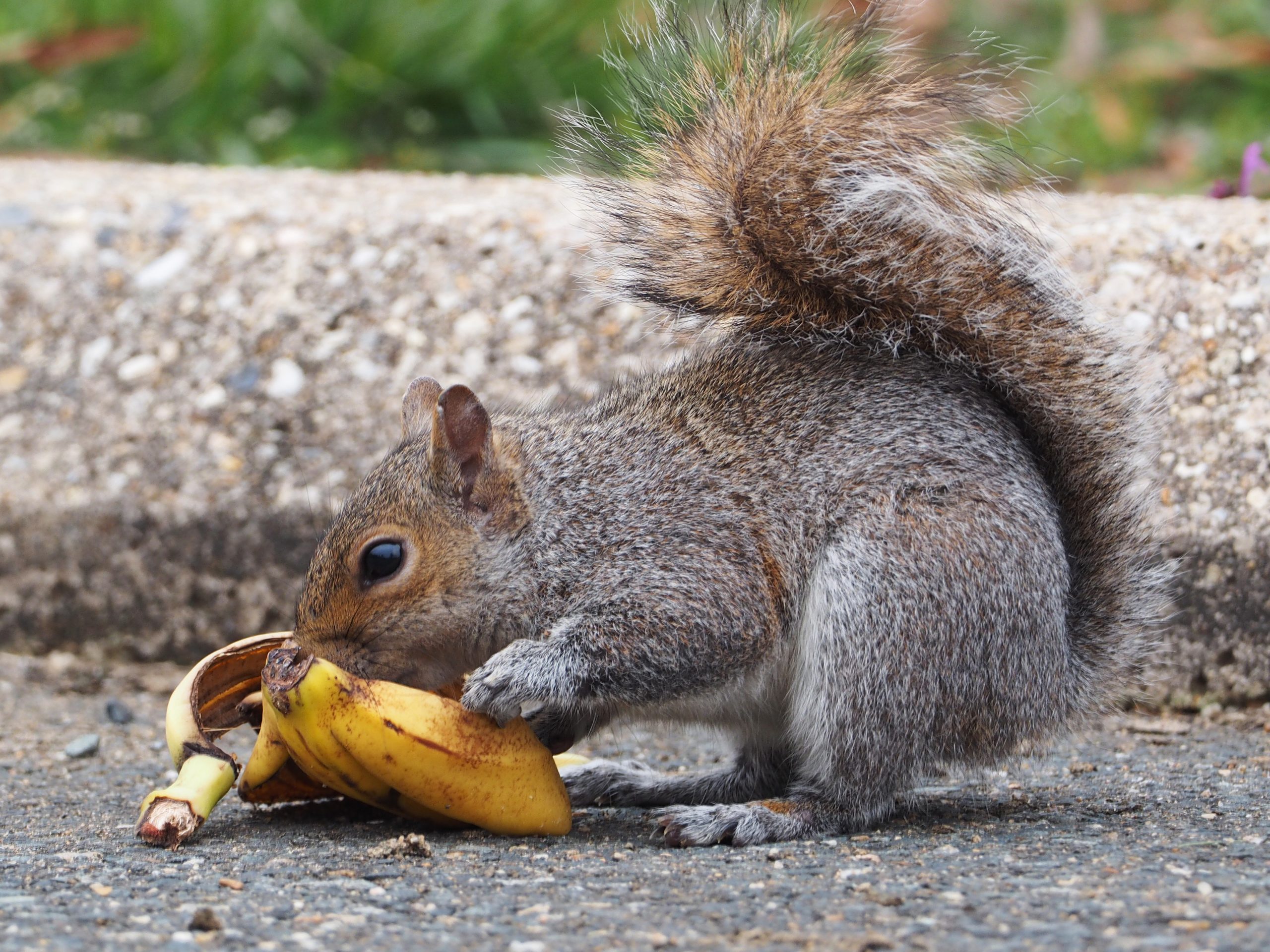

Close openings with heavy-gauge ½-inch wire mesh or hardware cloth. Squirrels can enter attics, crawl spaces, or sheds for nesting or shelter and may damage the structure, pull apart insulation, or chew electrical wires. A small dome or cage of chicken wire placed over individual plants or small rows can protect plants until they get large enough to be uninteresting to the squirrels. Tips for residentsĮlectrified netting or other small electric fences may be useful in keeping squirrels out of gardens and small orchards. Squirrels live in the habitats that contain their preferred foods. In suburban areas, they are often found in small pine plantations or woodlots interspersed with some hardwoods. Red squirrels are found primarily in mature coniferous forests, typically pine, spruce, or balsam fir forests. They are also typically found in extensive mature hardwood forests, especially oak-hickory forests, often with dense understory vegetation. Gray squirrels are tolerant of human presence and often live in urban or suburban areas with large, mature shade trees.

They are territorial and defend their areas against other red squirrels. Juveniles establish home ranges on, or adjacent to, that of their mother. During severe winter weather, they may remain inactive in their nests. Red squirrels are active during the day but may rest during periods of intense midday heat. They are not territorial, but may defend the immediate area around a nest site. They may be especially active in fall when nuts are abundant. Gray squirrels are best described as crepuscular (active at dawn and dusk) in spring, summer, and fall but are active only during midday in winter.


 0 kommentar(er)
0 kommentar(er)
